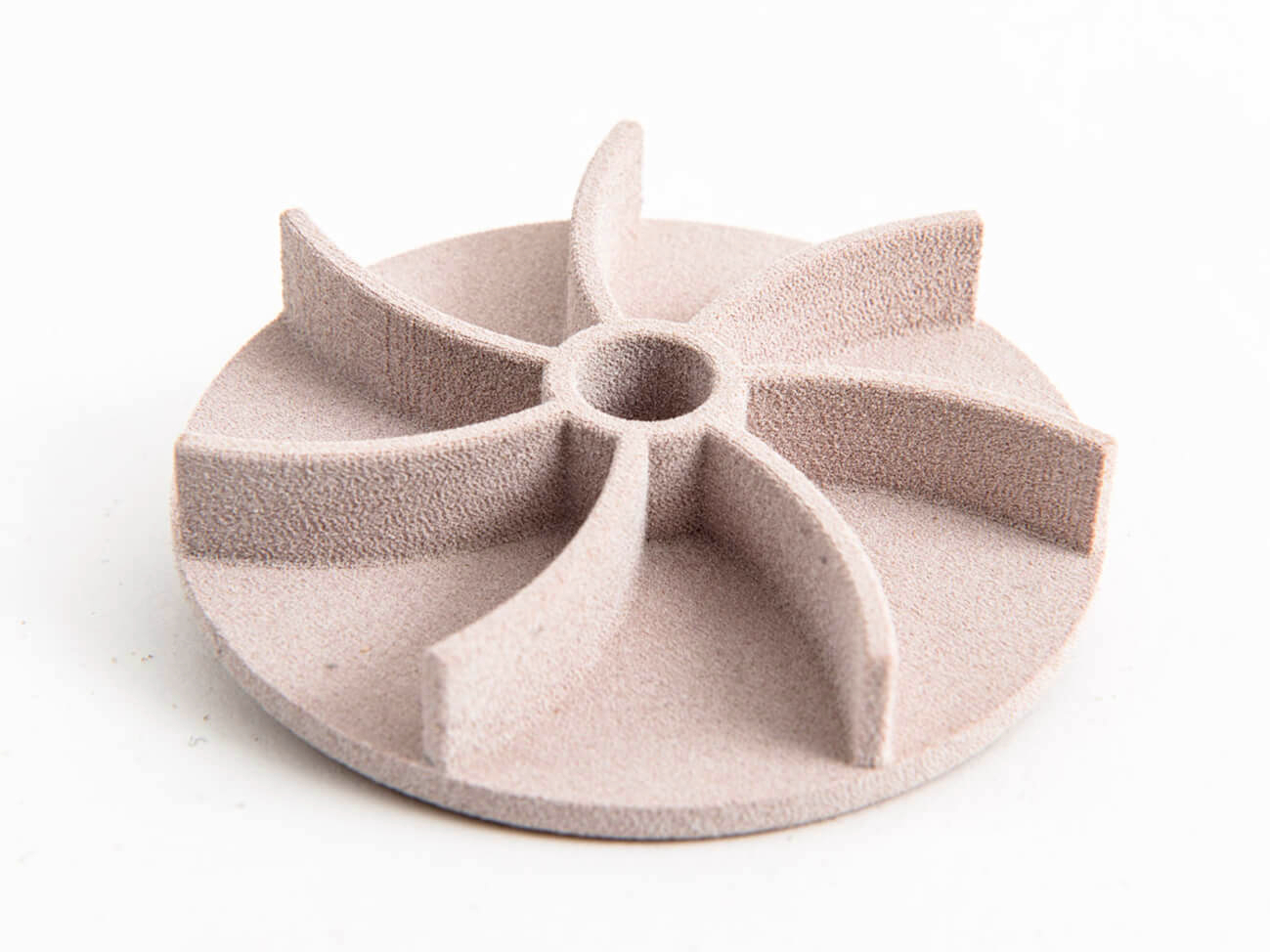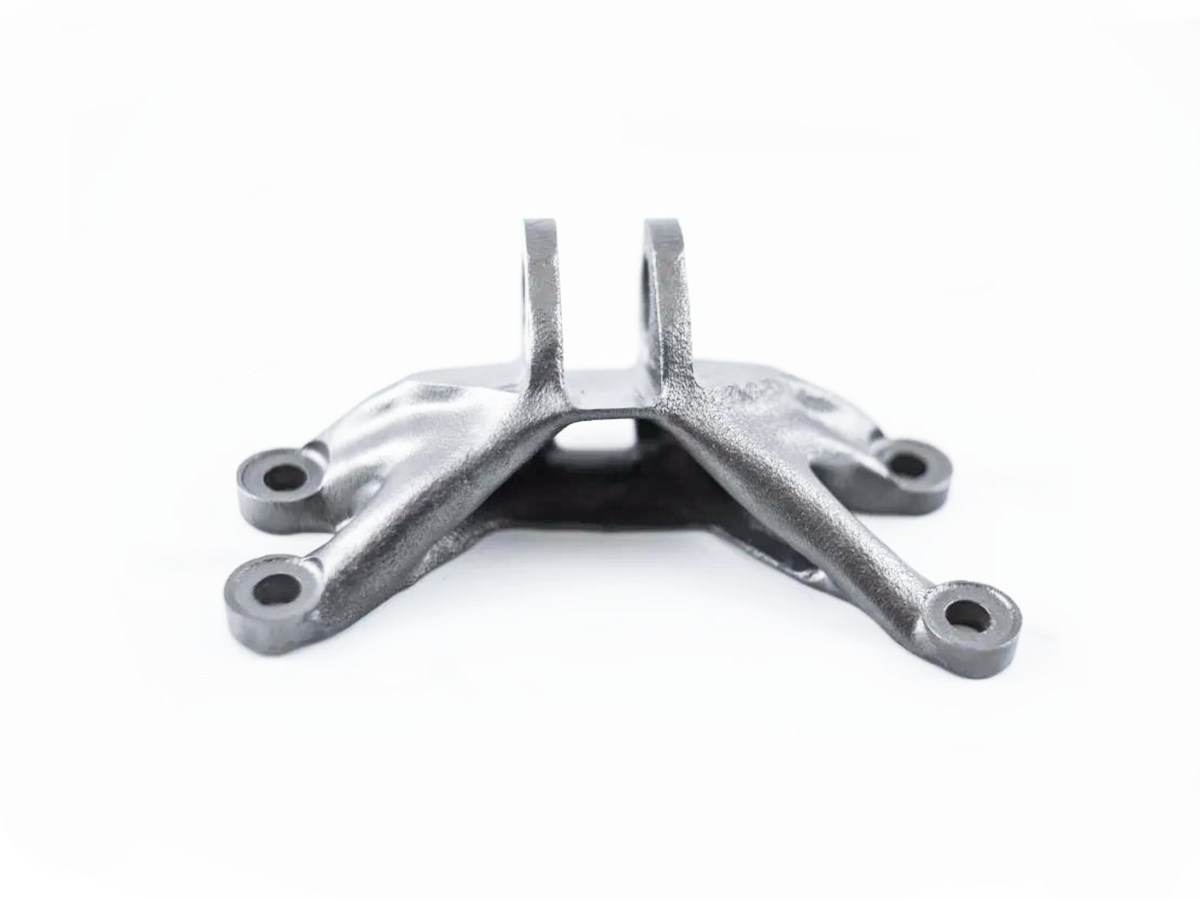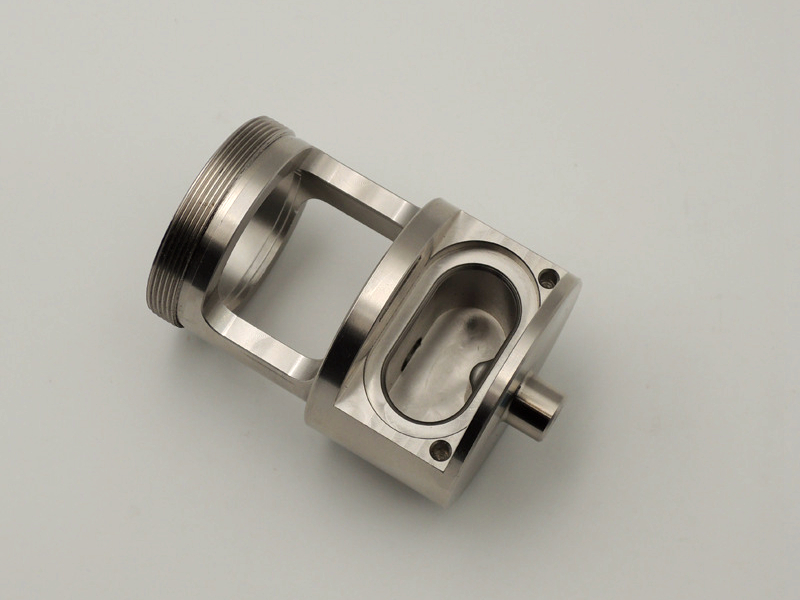Are plastic 3D printed parts suitable for small-batch end-use production?
From a manufacturing and engineering perspective, plastic 3D printed parts are increasingly viable for small-batch end-use production, but their suitability is highly dependent on the specific technology, material selection, and application requirements. The decision hinges on a careful evaluation of the trade-offs between design freedom, mechanical performance, cosmetic finish, and economic breakeven points compared to traditional methods like injection molding.
Suitable 3D Printing Technologies for End-Use Parts
Not all 3D printing processes are created equal for production. Two technologies stand out for their ability to create robust, consistent parts:
Selective Laser Sintering (SLS) & Multi Jet Fusion (MJF): These powder-based processes are arguably the best candidates for end-use plastic parts. They produce components with excellent and isotropic mechanical properties, meaning the strength is consistent in all directions because the parts are fused from powder, not built with layered filaments. There are no support structures to remove, allowing for highly complex geometries ideal for low-volume manufacturing. The natural material, Nylon PA12, offers a good balance of strength, stiffness, and slight flexibility, making it suitable for functional components like hinges, enclosures, and ducting in industries from automotive to consumer products.
Fused Deposition Modeling (FDM): FDM can be suitable for end-use parts, but with important caveats. It is ideal for jigs, fixtures, and non-aesthetic structural components. Using engineering-grade thermoplastics like ABS, PC, or PEEK, FDM parts can be very strong. However, their strength is anisotropic—they are weakest between the printed layers (Z-axis). The layered surface finish is also typically not acceptable for customer-facing parts without significant post-processing.
Key Advantages for Small-Batch Production
Zero Tooling Cost: This is the most significant economic driver for small batches. Avoiding the high cost and lead time of mold fabrication makes 3D printing cost-effective for volumes from one to hundreds of parts.
Design Freedom & Consolidation: Complex, integrated assemblies can be printed as a single part, reducing assembly time, weight, and potential failure points. This is impossible with traditional manufacturing at a low cost.
Rapid Iteration: Designs can be modified and reproduced almost instantly, enabling continuous product improvement even after the initial market release.
Limitations and Engineering Considerations
Material Limitations: While material portfolios are expanding, 3D printed plastics generally do not match the full property profile of their injection-molded counterparts. Issues like long-term UV stability, creep resistance, and chemical compatibility must be carefully validated for the specific application.
Surface Finish and Consistency: The "stepped" layer lines of FDM or the slightly grainy texture of SLS/MJF may not be acceptable for aesthetic parts. Achieving a smooth finish requires secondary operations like sandblasting, tumbling, or painting, which add cost and time.
Economic Breakeven: The per-part cost of 3D printing is relatively constant. For simpler parts, injection molding becomes more economical at a certain volume (often between 100-500 units, depending on part complexity), as the high mold cost is amortized over many parts.
Certification and Standardization: For regulated industries like medical devices, the path to certifying a 3D printed end-use part can be more complex than for a traditionally manufactured one, requiring rigorous process validation and lot control.
Guidelines for Implementation
Plastic 3D printing is an excellent solution for small-batch production when:
Part geometries are complex or would require expensive multi-part molds.
The production volume is too low to justify the investment in tooling.
Time-to-market is a critical factor.
The application can accommodate the specific mechanical and aesthetic properties of the 3D-printed material.
For parts requiring superior surface finish, tightest tolerances, or the specific properties of a non-printable engineering plastic, CNC Machining of plastics remains a superior, albeit often more expensive, option for low volumes.



